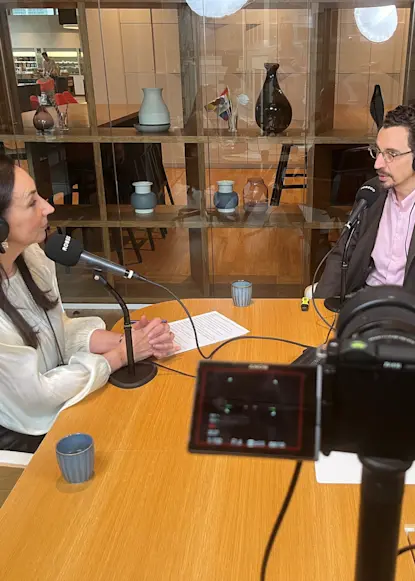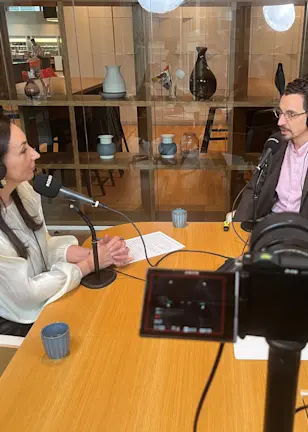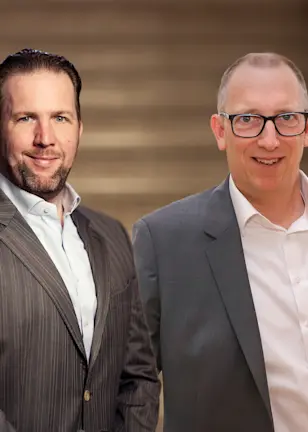Disclaimer
Robeco Institutional Asset Management B.V. (DIFC Branch) is regulated by the Dubai Financial Services Authority (“DFSA”) and only deals with Professional and Market Counterparty Clients and does not deal with Retail Clients as defined by the DFSA.
Neither information nor any opinion expressed on the website constitutes a solicitation, an offer or a recommendation to buy, sell or dispose of any investment, to engage in any other transaction or to provide any investment advice or service. An investment in a Robeco product should only be made after reading the related legal documents such as management regulations, prospectuses, annual and semi-annual reports, which can be all be obtained free of charge at this website and at the Robeco offices in each country where Robeco has a presence.
Please confirm that you are a professional investor and/or institutional investor and that you have read, understood and accept the terms of use for this website.
Our insights
Understanding where markets are going, and the impact that has, is the hardest thing for every investment professional to do. It takes robust research and insight to develop the best understanding, and that’s why we put a lot of effort into it. Because only by sharing knowledge can we all prosper.
787 articles
Focus themes
Content type
Region
Strategies





































